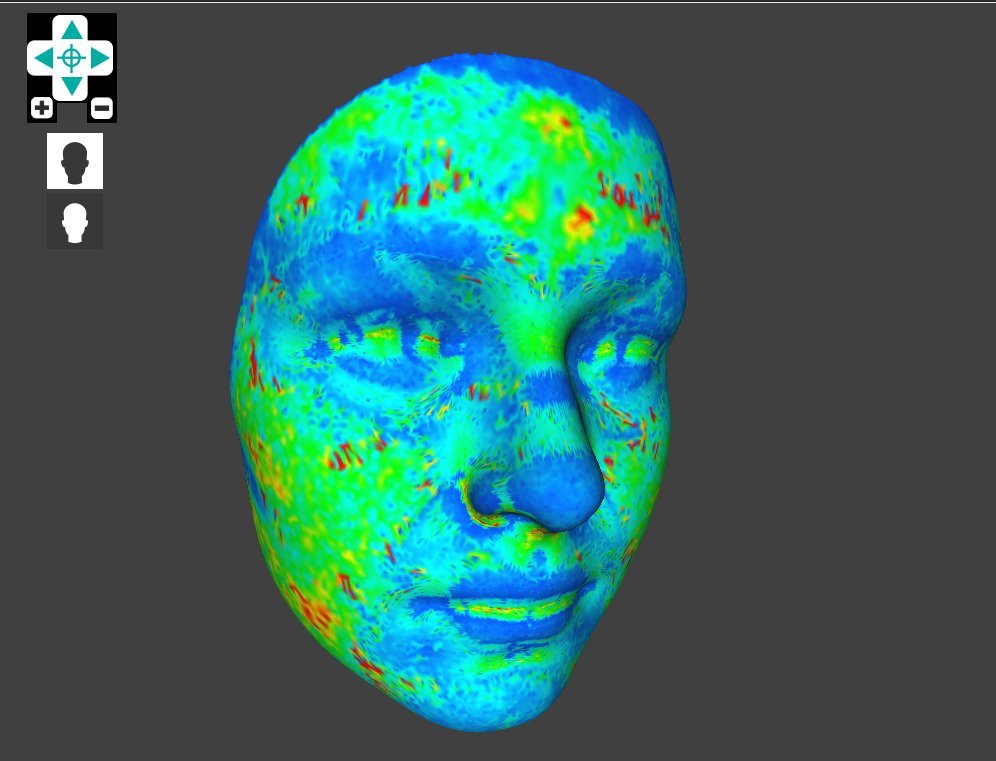New research activity. We aim at developing techniques for interactive exploration and analysis of human faces in 3D.
Software:

FIDENTIS Analyst 2 – an analytical tool intended for police and anthropologists. The main research goals and challenges include:
- Efficient yet precise superposition: When multiple faces are to be compared and analyzed, they have to be mutually superimposed. The precision of alignment significantly affects the results of consequent processes, e.g., similarity analysis. Efficiency is extremely important for large datasets and for batch processing. As the requirements for efficiency and precision are contradictory, data- and case-driven optimization techniques have to be involved.
- Similarity and comparison of faces: We aim to develop analysis and visualization techniques that help domain experts to research the (dis)similarity of two or multiple faces. Especially, looking for similar faces in a set of many samples is computationally very demanding. But also, if only one pair of faces is compared, it is necessary to propose suitable metrics and visualization tools that may help to support domain experts in their decisions. We combine 3D distance algorithms with morphological features (anatomical priorities) to achieve this goal.
- Facial morphology: The analysis of anatomical features of a single face is important for many tasks, e.g., for surgeons trying to repair a human face after damage or for facial reconstruction. We design and implement many techniques to support these activities, e.g., tools for automated computation of a symmetry plane or visual-analytics techniques employing cutting planes and related measurements for cross-section analysis.